Thank you so much for joining our tour in Asakusa on March 27. We welcomed as many as 26 people from Canada, America, Argentina, Germany, Israel and Australia. It was a nice spring weather. Anticipated Cherry blossoms haven’t started to flower yet at the Sensoji Temple grounds. Perhaps, the unusual weather conditions may have delayed cherry blossoms. Temperatures are expected to rise for the next days and cherry blossoms will bloom very soon. The Nakamise Shopping Street was very crowded with people. The photos which we took during the tour were posted.


Happy 90th birthday to Elizabeth! Turning 90 is incredible milestone. We hope you have a lovely time and enjoy cherry blossoms in Japan.




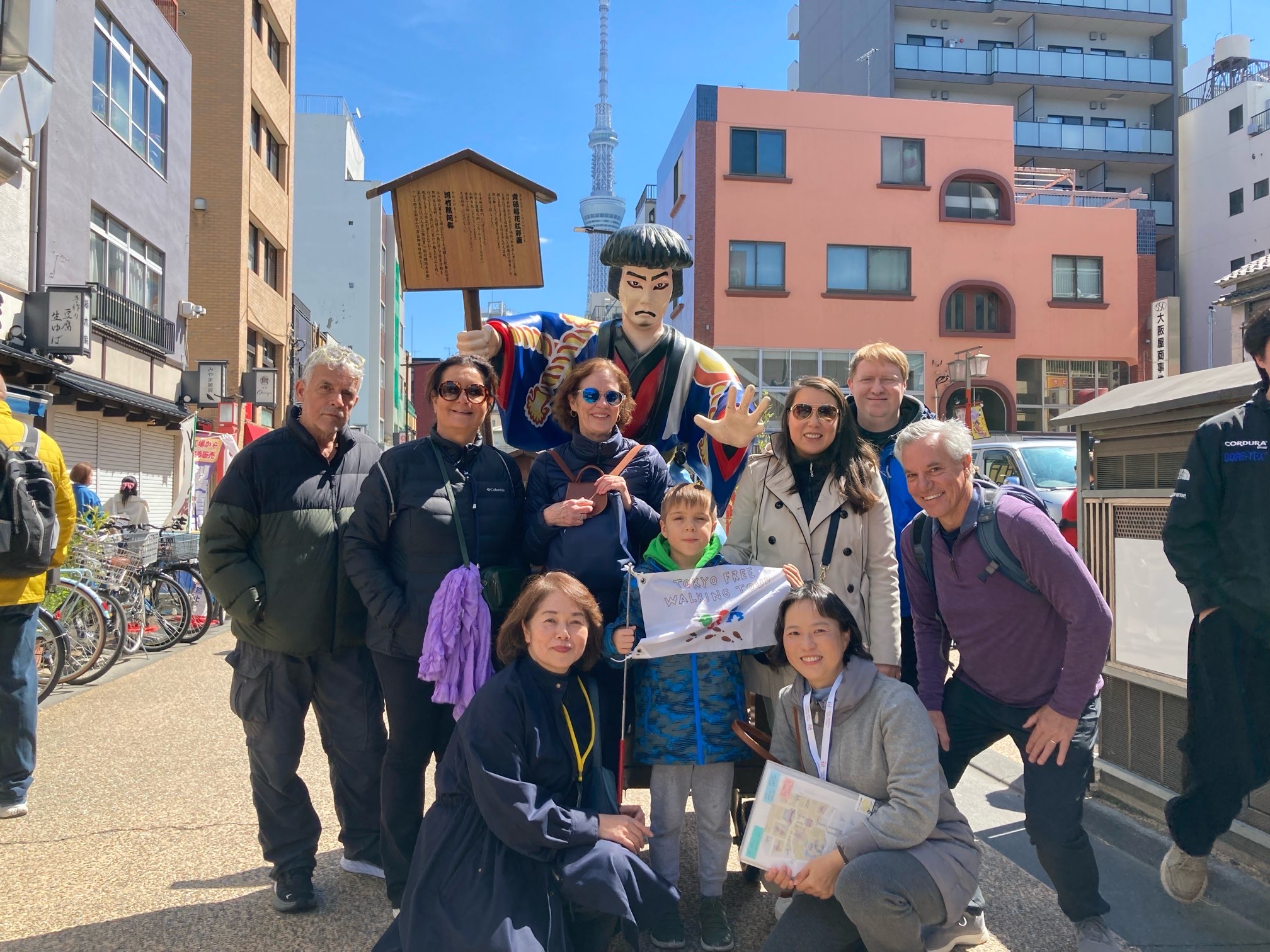
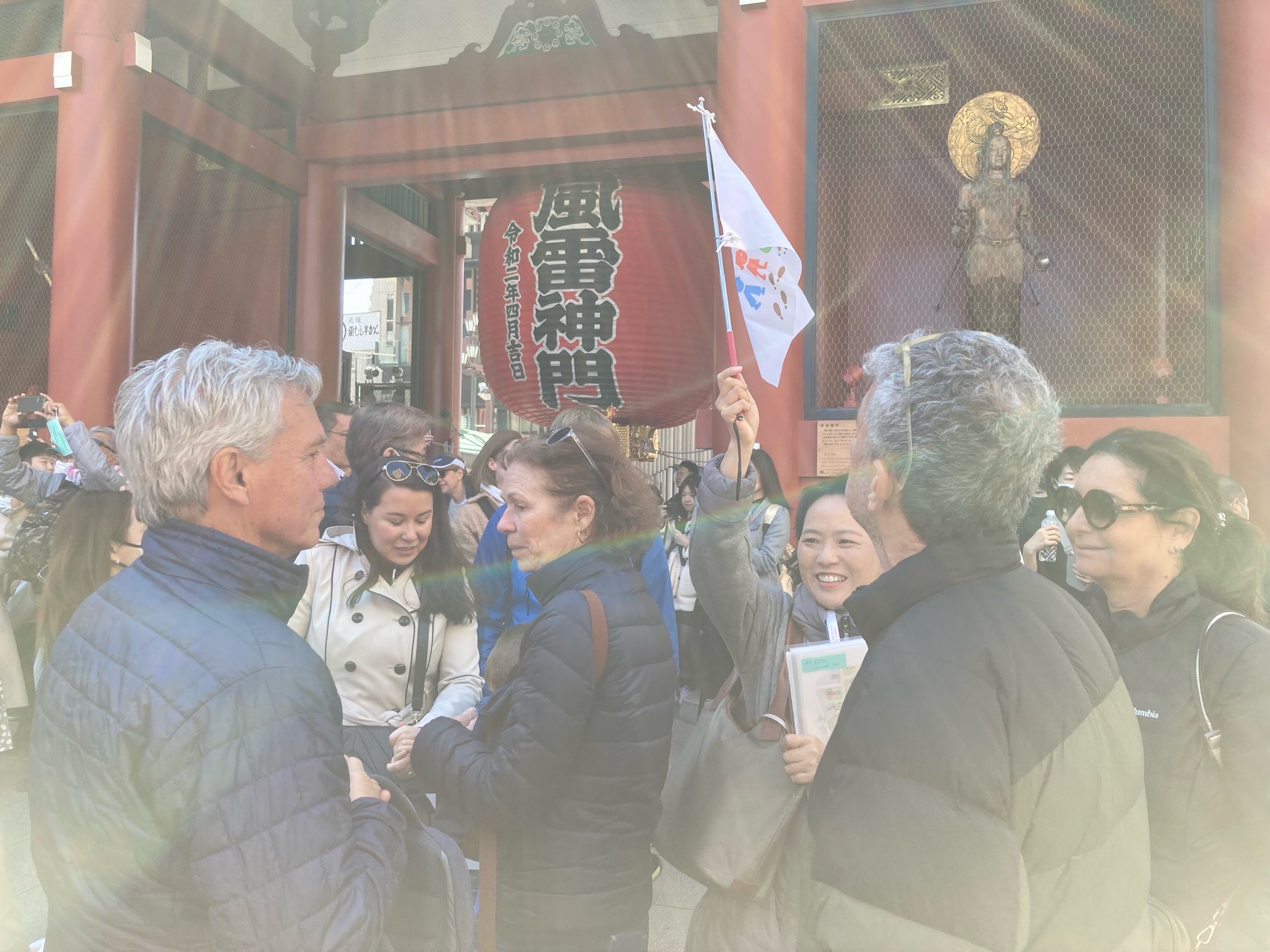
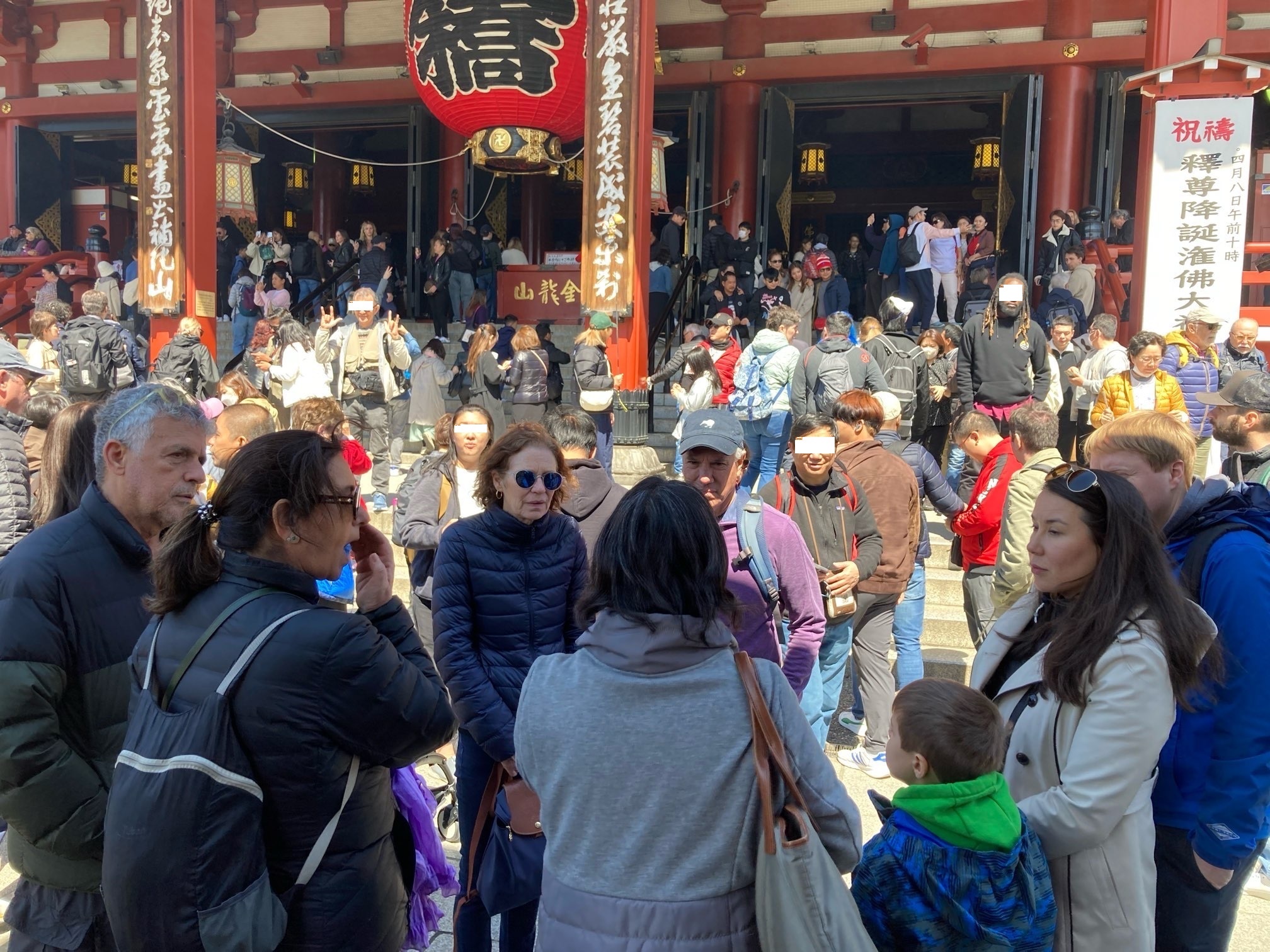
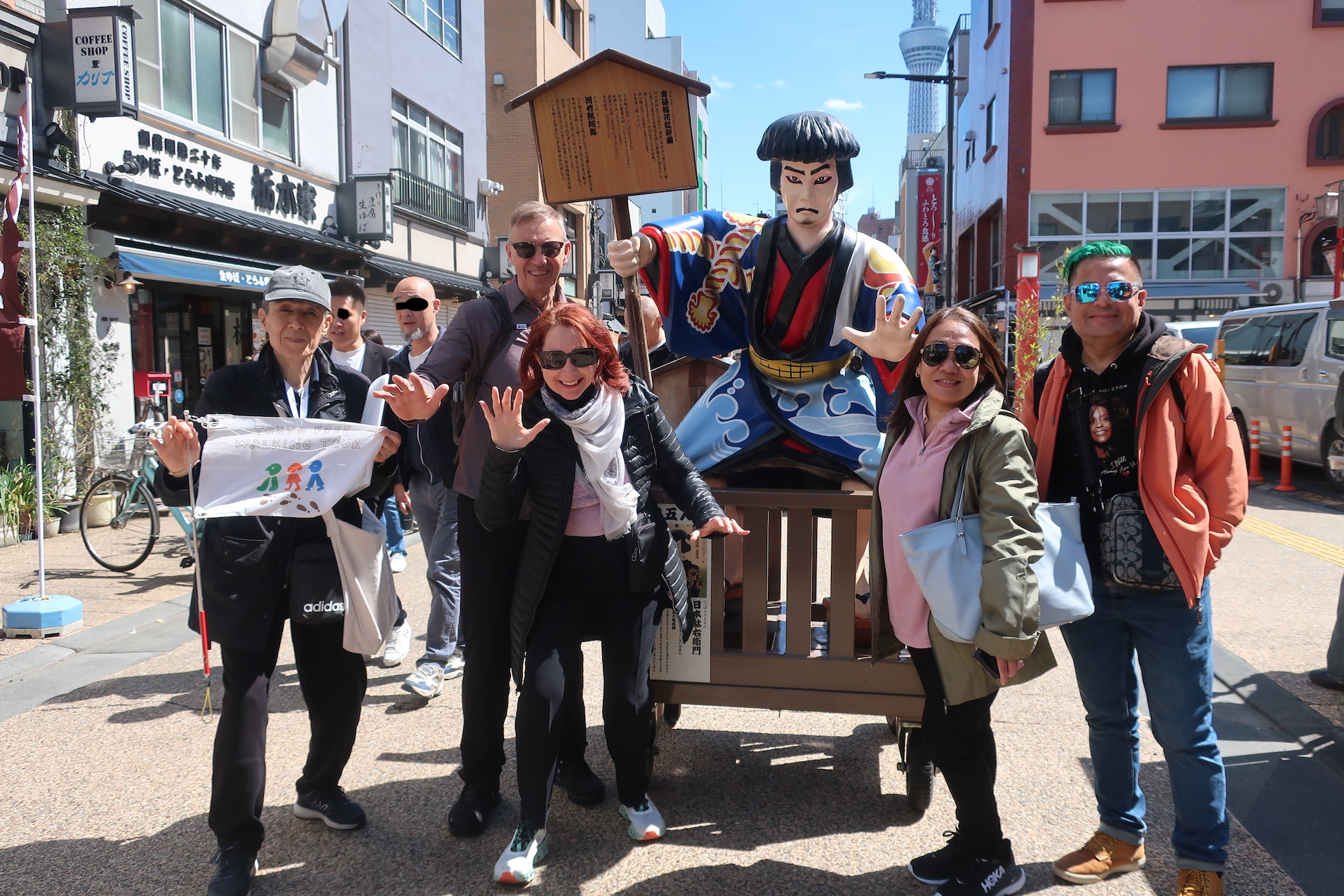



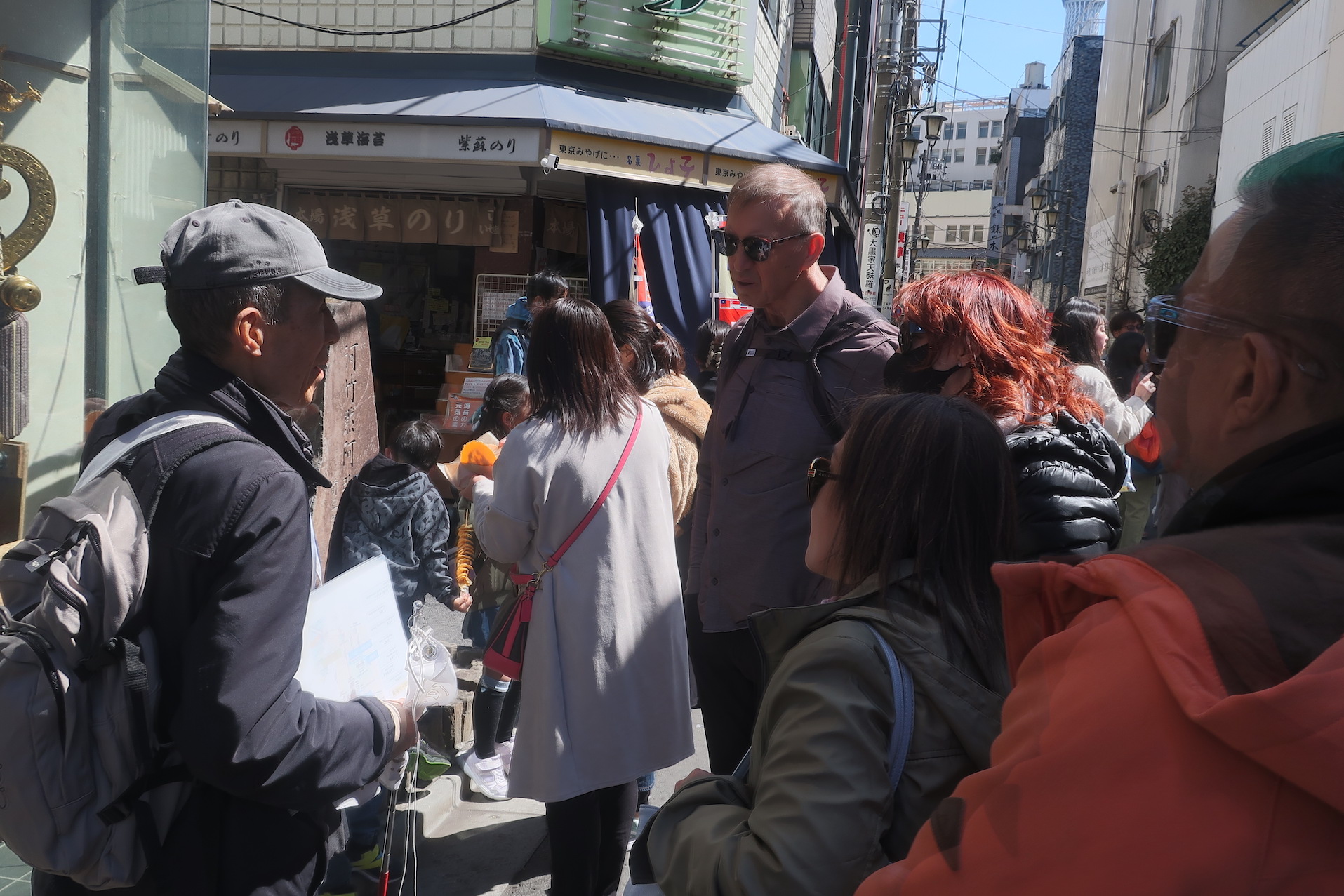

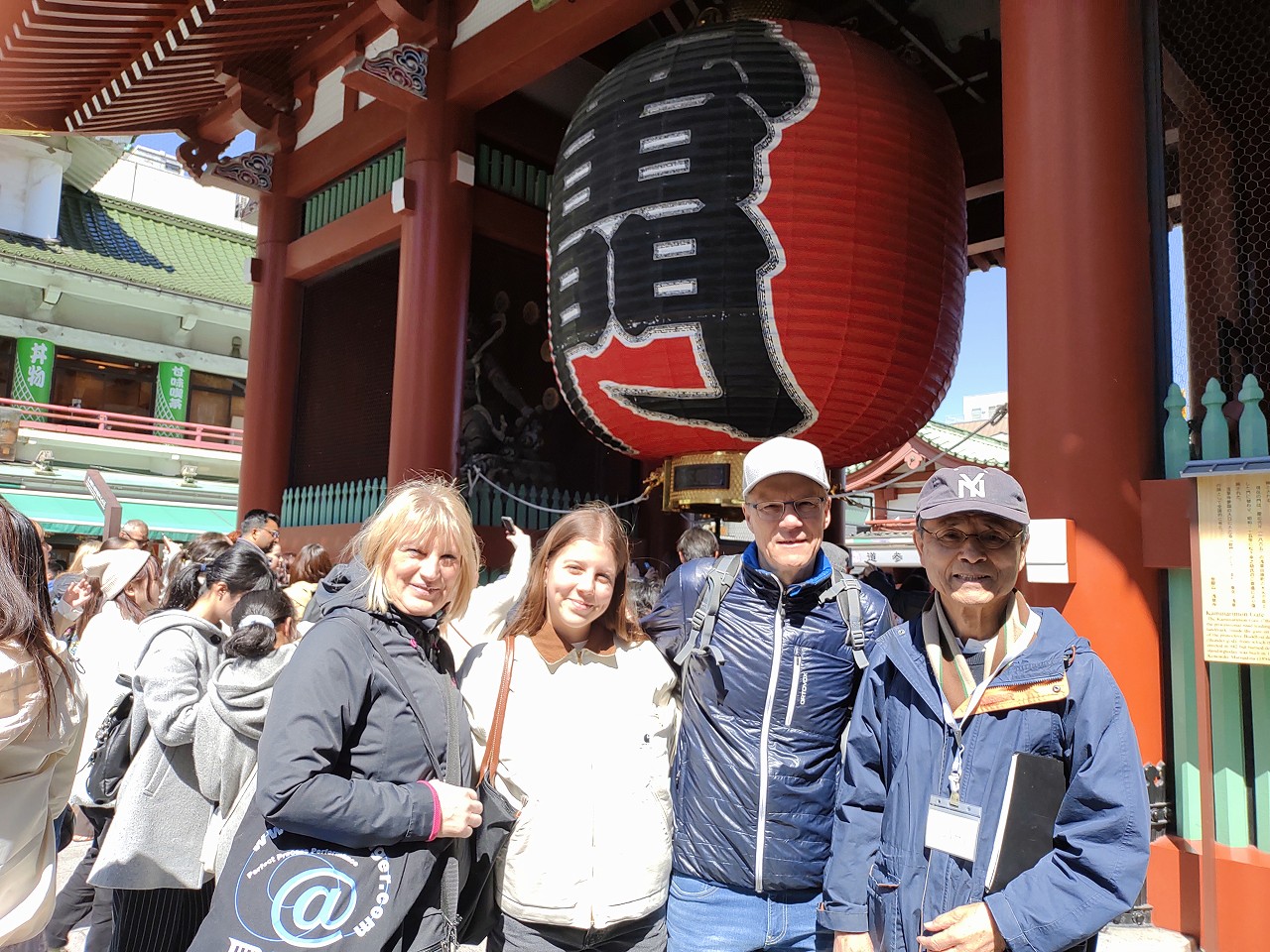
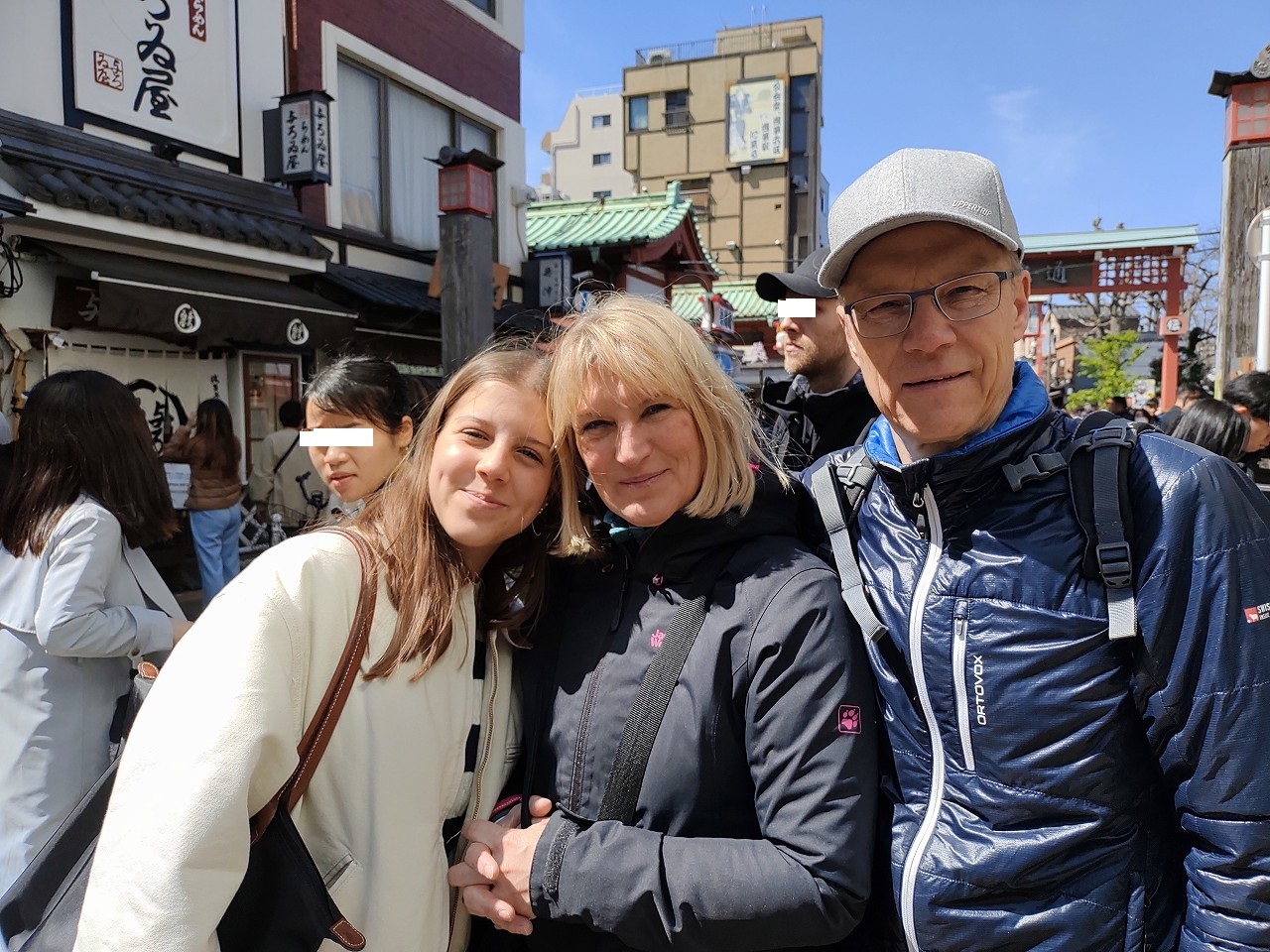



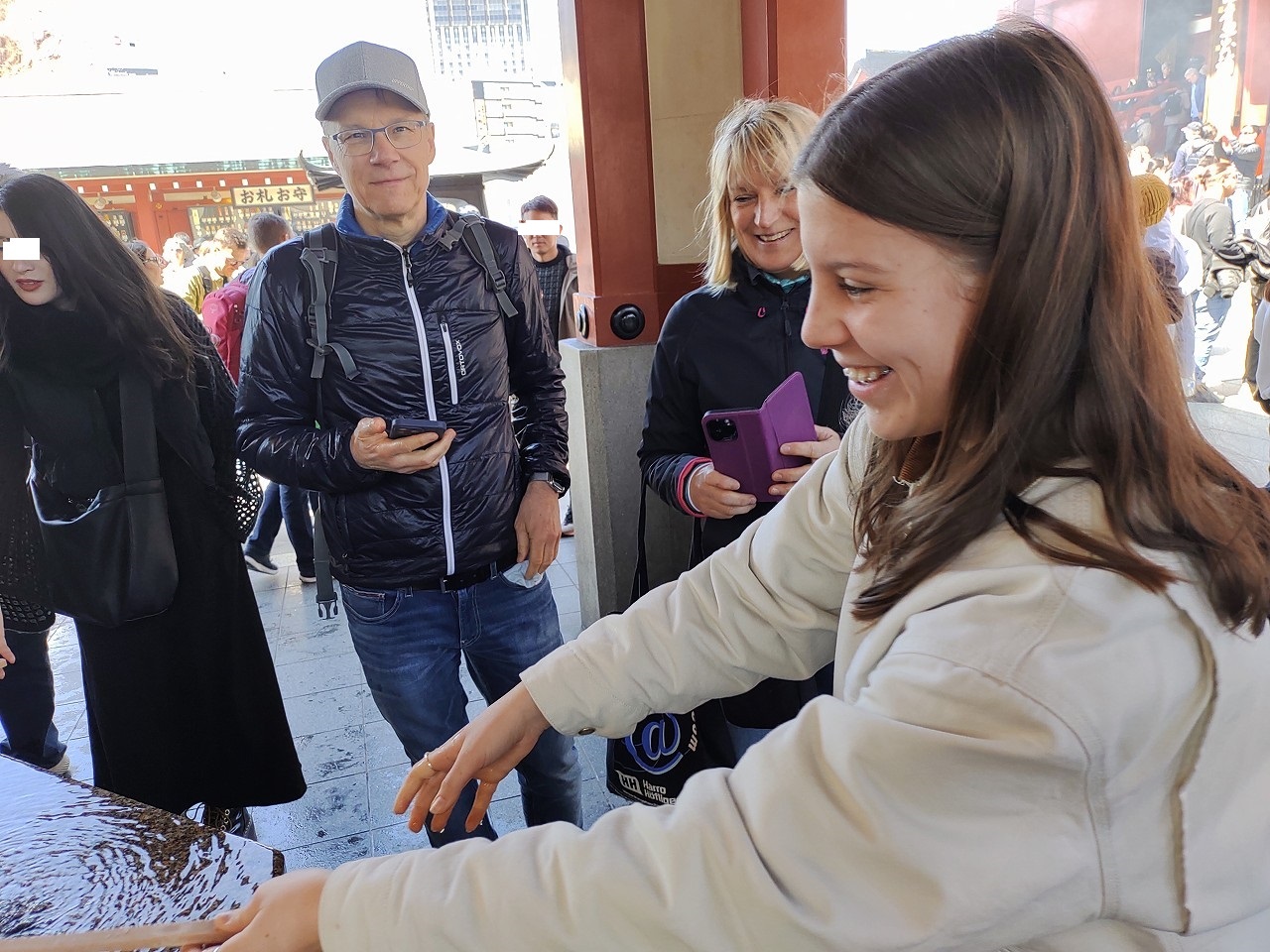
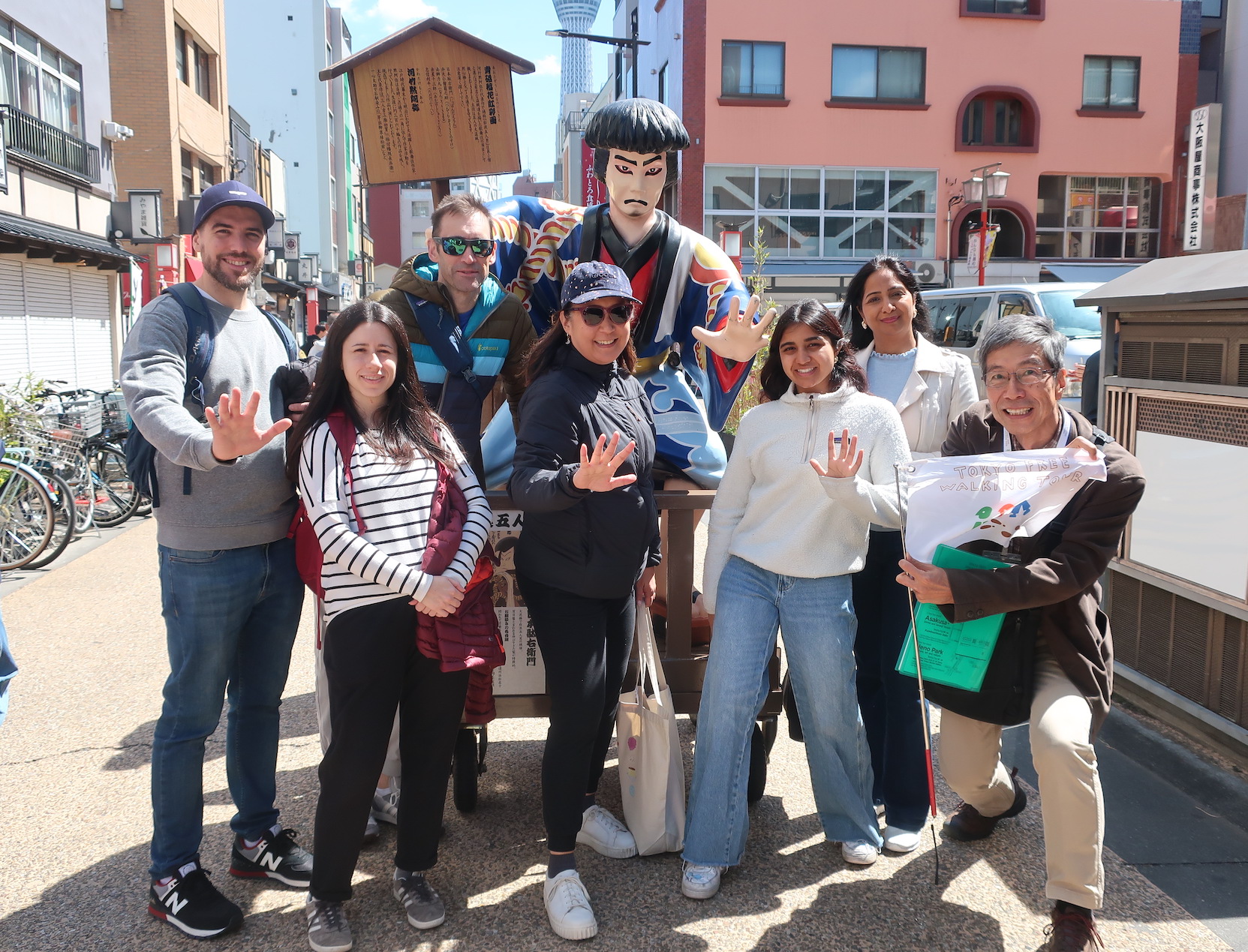
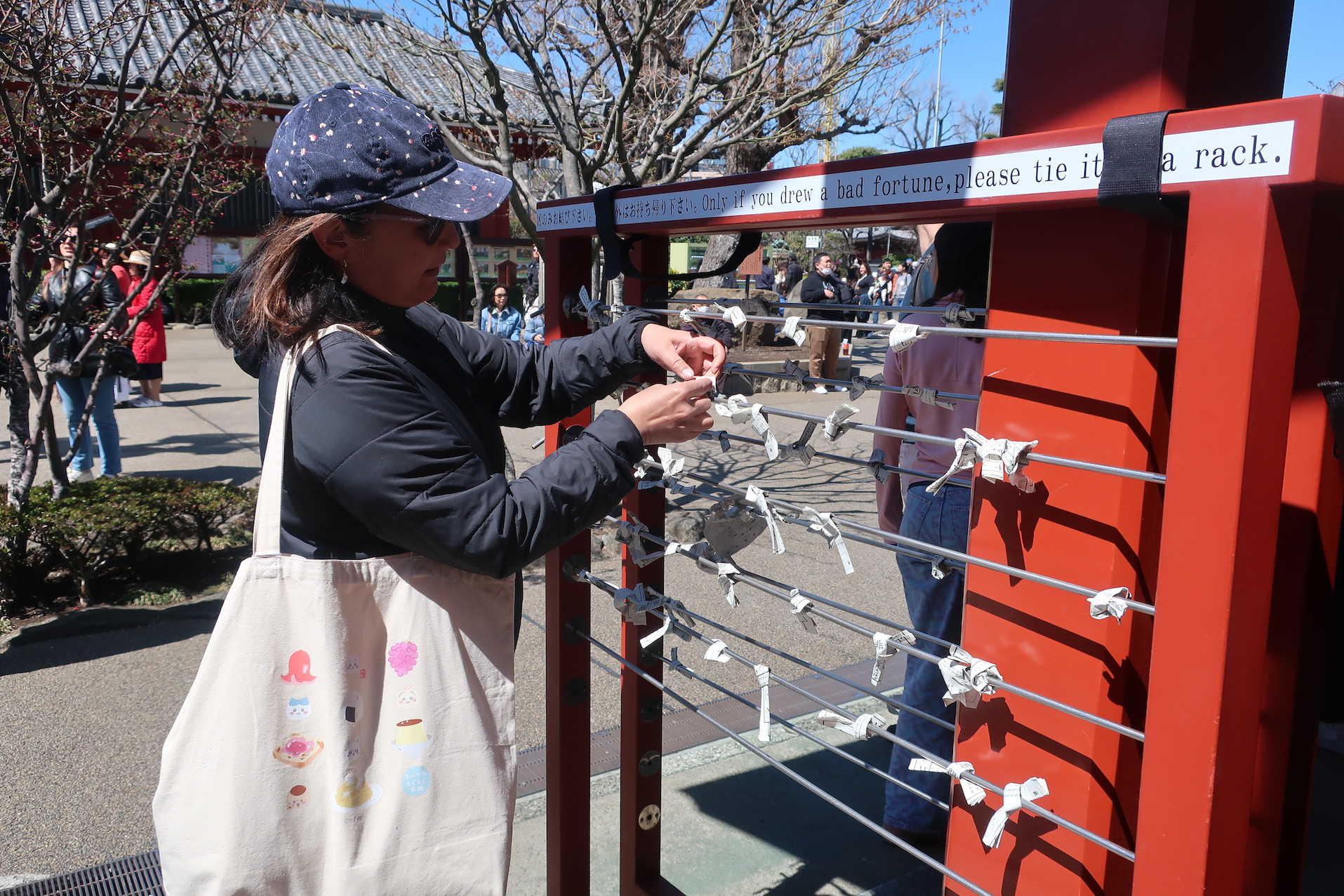
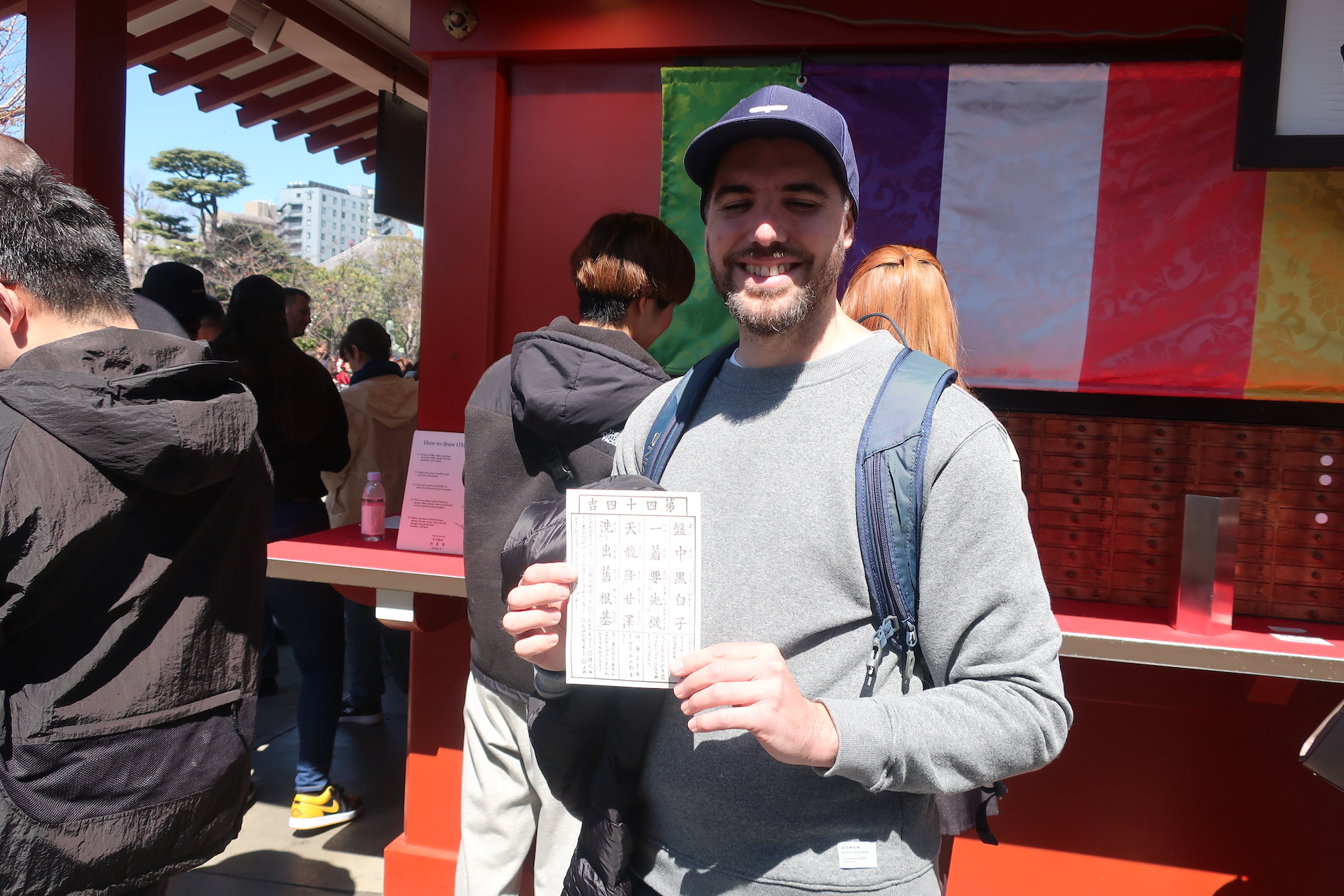
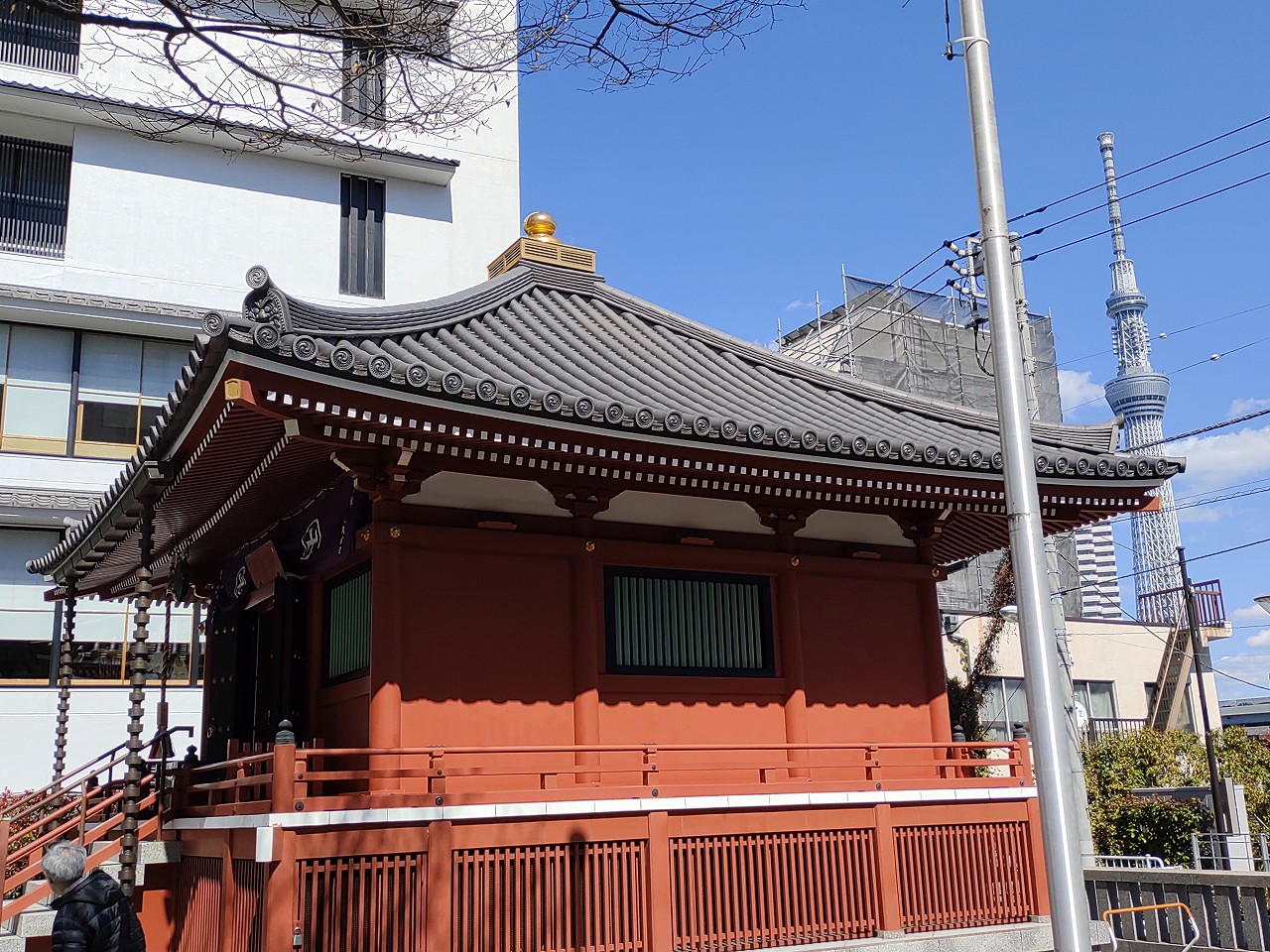
Komagatado Hall is the birthplace of Sensoji Temple in Asakusa. It’s a small vermillion temple located four minute-walk straight to the south of Kaminarimon gate (opposite direction of the Main Hall) beside the Sumida River.
Sometimes, you may skip small temples or shrines and regret later,’ I should have visited the place’. It isn’t famous and crowded like the Nakamise or the Main Hall as everyone wants to visit, but this is exactly the place to visit.
The principal image(Goddess of Mercy) of Sensoji Temple was found by the two fishermen in the Sumida River about 1,400 years ago.
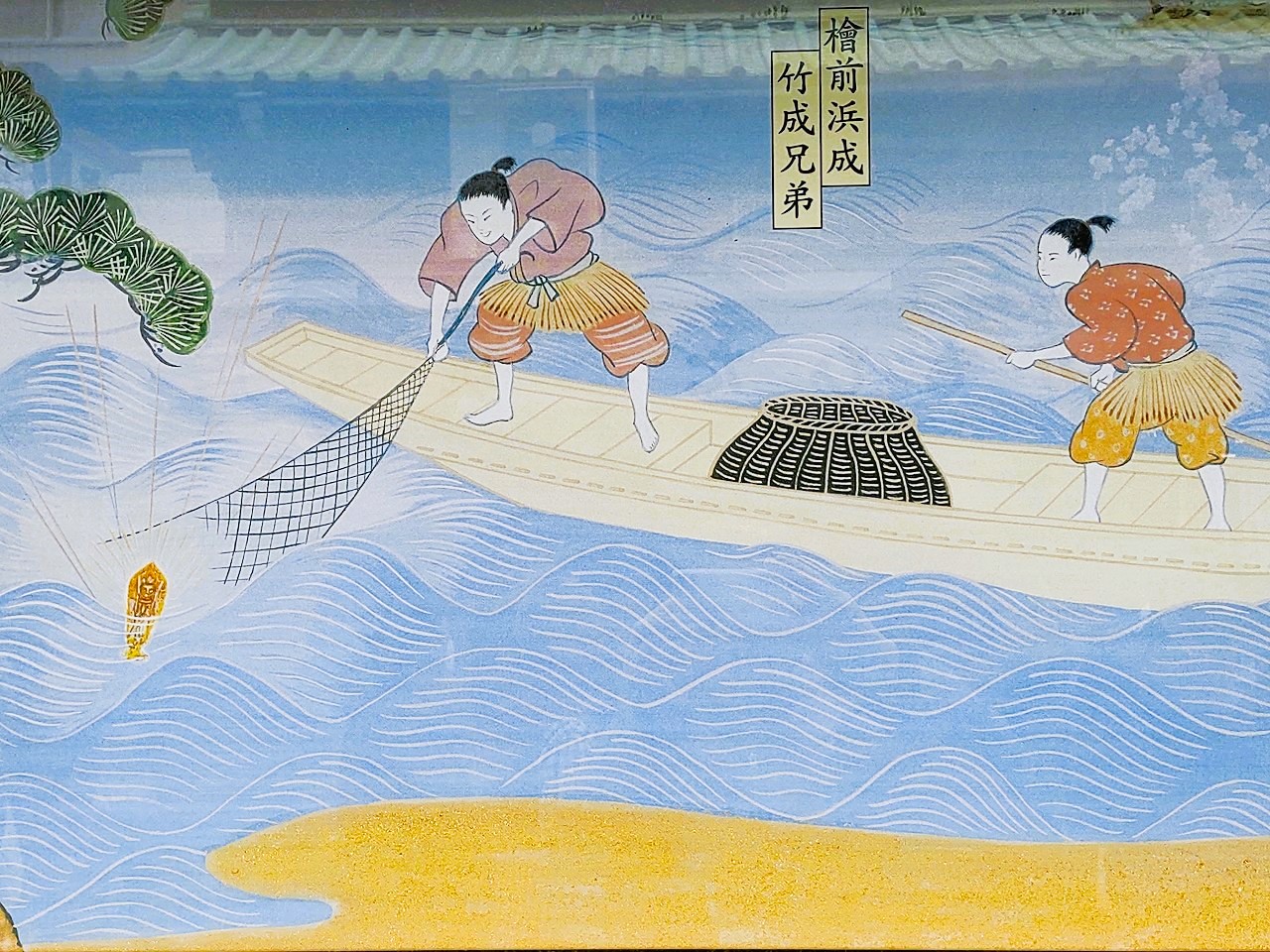
A simple hall was built by the two brothers at the place where the Buddhist statue was unloaded and enshrined. Apparently, the history of Sensoji Temple started here.
The original Komagatado Hall was constructed in 942 at the same time as the Sensoji’s temple buildings. Since then, it was burnt down several times and the current building was reconstructed in 2003. During the Edo period, this area was a port town and there were many inns for boaters and ferries. Pilgrims arrived at the ferry port and visited Komagatado Hall before going to the Main Hall of Sensoji Temple. The principal statue is Bato Kannon with a horse head which protects animals. In old days, the horse was the main mean of transportation and is considered the god of traffic safety. The building once faced the river, but it turned its back on the river when it’s reconstructed.
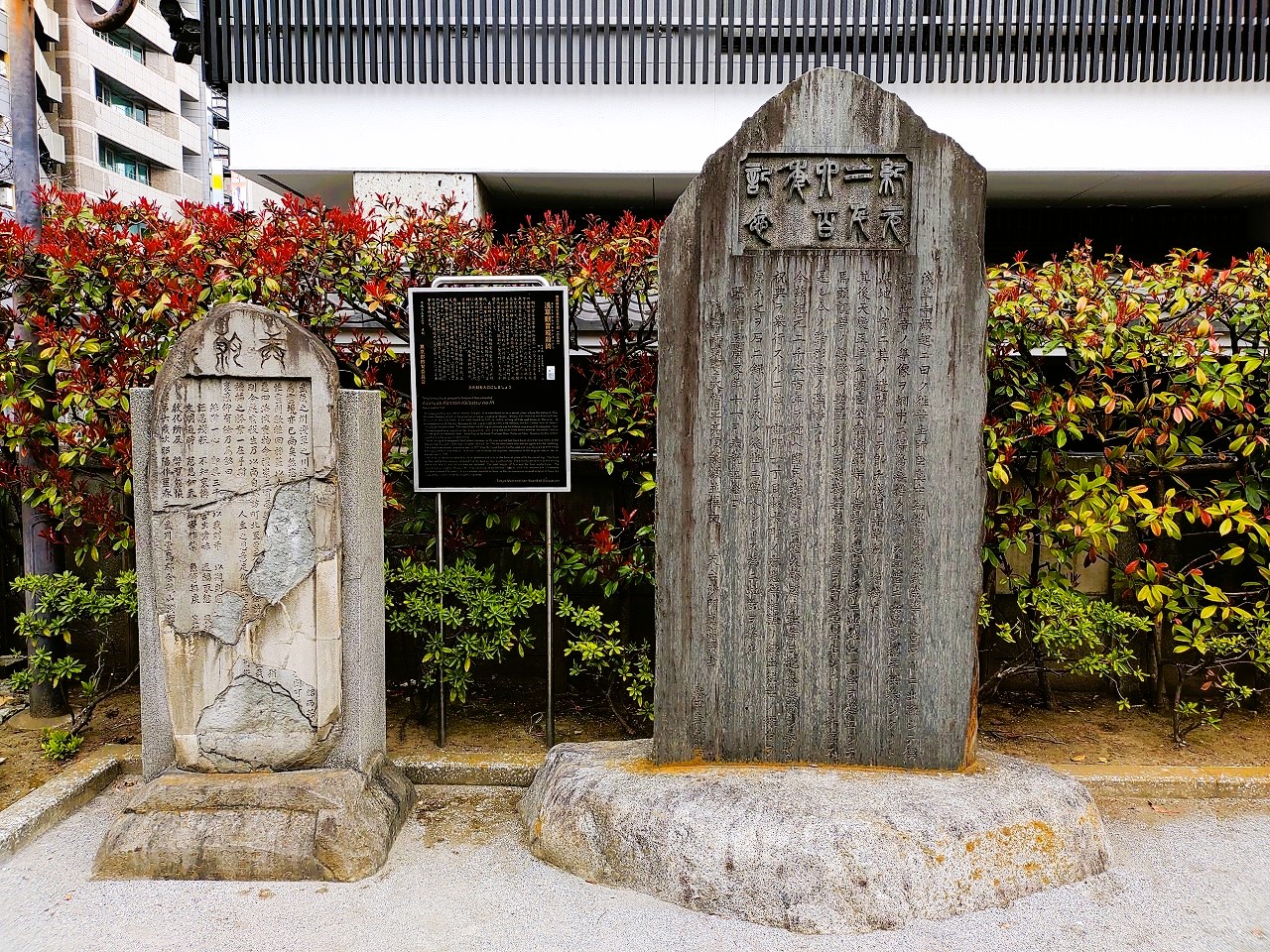
There are historic monuments in the precincts to prohibit fishing in the Sumida River. Tokugawa Tsunayoshi, the fifth shogun of the Edo period (1603-1868) established the law to forbid killing of fish in 1692. The area where the killing of animals was prohibited was around the hall for about 1 kilometer in the river.
Komagatado Hall is located at the foot of Komagata Bridge. It’s quiet and is recommended to visit the temple hall before going to the Sensoji’s Main Hall as people did during the Edo period.
(Yoshi)

